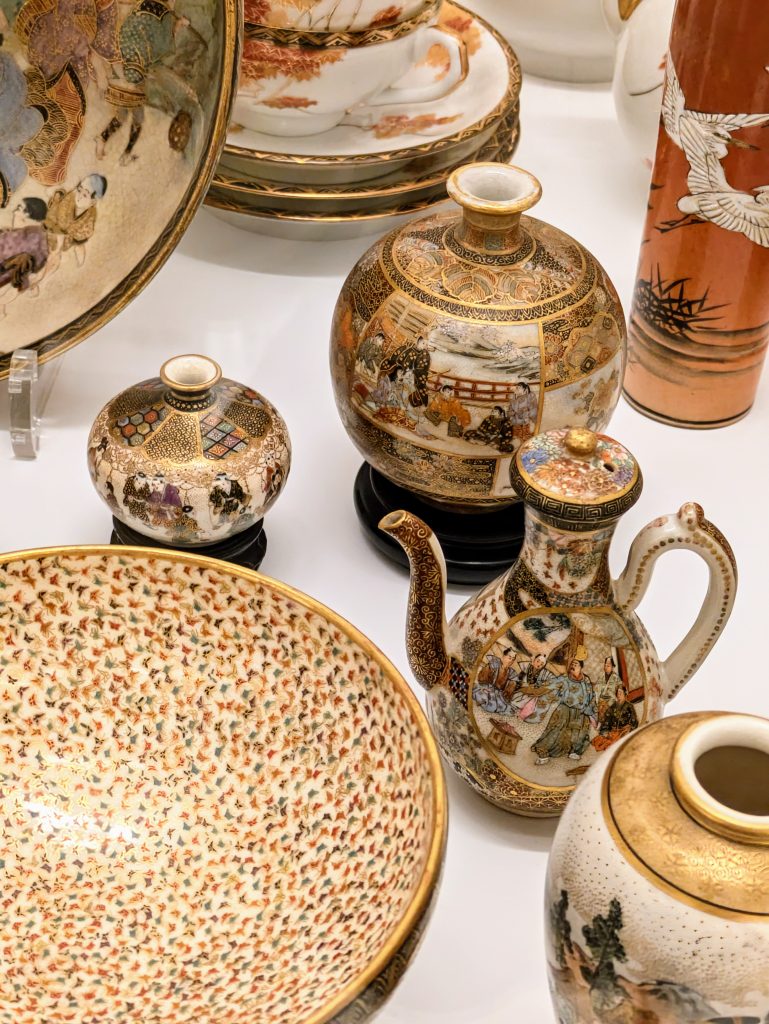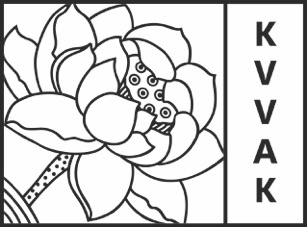Dusted gold: A rediscovery of Satsuma in the Dutch museum landscape

When Japan officially represented its nation for the first time at the Paris World’s Fair in 1867, the international market became enchanted by the luxurious furnishings presented by the Satsuma domain. Satsuma (Satsuma kinrande 薩摩金襴手), ceramic vessels covered in a finely crackled cream-white glaze, lavishly decorated with intricate motives of flora, fauna, and other elements of Japanese culture in overglaze enamels and gold, greatly represented Japan’s exceptional levels of craftsmanship and artistry. With the following world fairs, the demand for Satsuma in the West grew exponentially; a phenomenon coined the ‘Satsuma wave’. Consequently, the production of Satsuma-style wares spread throughout Japan (e.g. Kyoto, Osaka, Kobe, Tokyo), leading to the emergence of regional variants and craft artists who became renowned for their signature Satsuma masterpieces. The Satsuma craze lasted from the mid-nineteenth century until the 1920s, when the saturation of the market, the affluence of poor-quality wares, and the shift in Western taste meant the end of the Satsuma market.
Today, relics of Satsuma can still be found in museums, auction houses, and private collections worldwide. The Netherlands is no exception to this phenomenon; major museums such as the Groninger Museum, Princessehof National Museum of Ceramics, Prinsenhof, the Rijksmuseum, and the Wereldmuseum all house Satsuma as part of their East Asian collections. Yet, there has been little documentation, nor are Satsuma exhibits displayed in these museums. Small collections, a lack of provenance on the objects, and the ambiguous nature of Satsuma as a commodity possibly explain Satsuma’s absence in the Dutch museum landscape. The discussion in this dissertation highlights the significance of Satsuma in the art-historical study of Japanese ceramics, specifically focusing on the East Asian Collections in the Netherlands. Herein, this paper emphasizes Satsuma’s remarkable aesthetic, technical, and commercial strengths.
Bio
Laura Vermeulen is currently a Master’s student in Art History at the University of Groningen and has graduated with a master’s degree in Japanese Studies at the Catholic University of Leuven. She shares a personal and academic interest in Japanese early modern art history, with a particular passion for Japanese export ceramics and its transnational characteristics. She completed part of her degree in Japan under the guidance of Prof. Aizawa Masahiko 相澤正彦, specialised in Japanese art history. Additionally, she completed an internship at the Royal Museum of Art and History (RMAH) in Brussels, wherein she aided the identification and categorization of the museum’s Satsuma collection under the guidance of curator Nathalie Vandeperre of the East Asian Collections.
